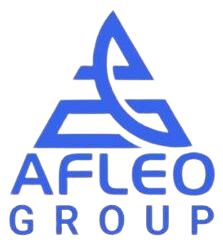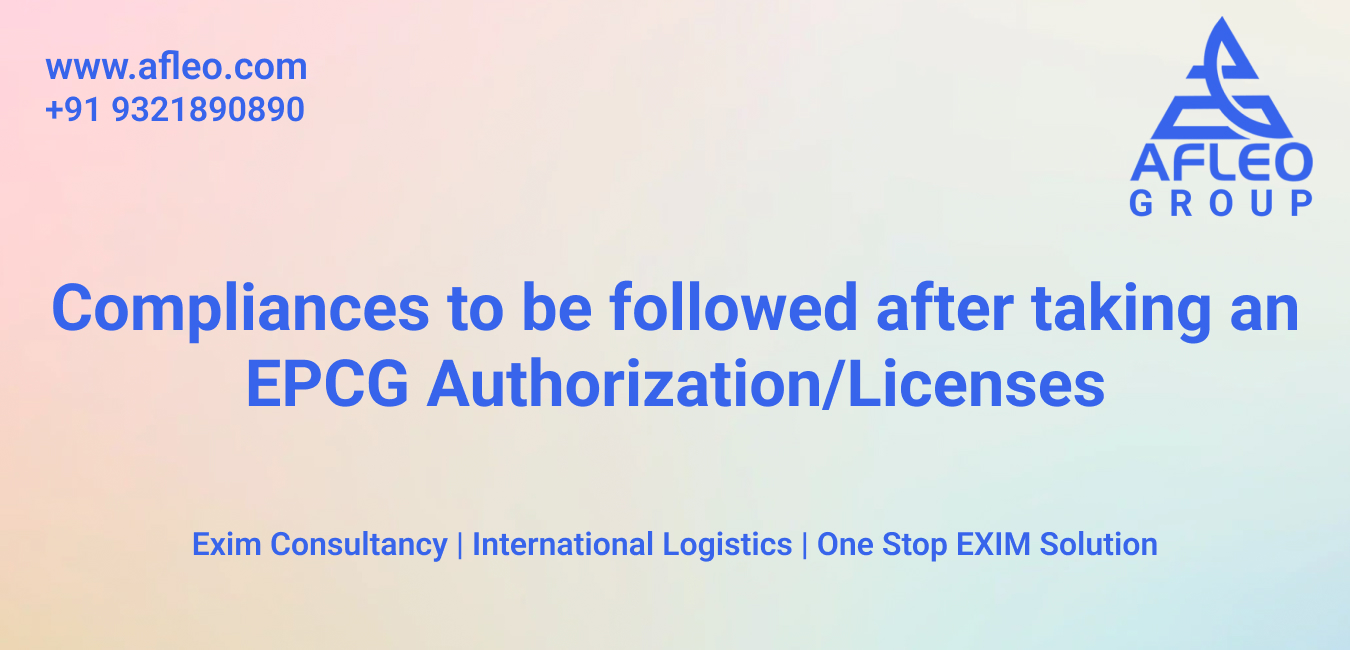In this blog, we will cover a very important topic which is mostly ignored & overlooked by many of the exporters i.e. what are the compliances to be followed after taking an EPCG Authorization/Licenses so that the company does not attract any unwanted penalties from the Government department.
Watch this short introductory video on the EPCG scheme, which explains the complex concept of EPCG in an easy-to-understand manner. It describes the EPCG scheme and the requirements that must be met after receiving the license.
We will divide this blog into 5 separate sections for easier understanding.
Issue of excess Duty Saved value
If you have obtained EPCG license from DGFT and registered it at Customs by executing a bond or BG. One Important thing is do not forget to preserve a copy of Bond & Bank Guarantee for future reference purposes. You are ready for Import of machinery now.
Suppose the Duty Saved Value (DSV) mentioned on the License is 10 Lakhs, However, at the time of actual import and as per Bill of entry filed, it increases to 10.5 Lakhs. i.e. an Increase of 50K. Customs will allow an increase upto 10% of DSV, but after the Imports takes Place, you have to pay an additional fees to DGFT on the excess amount of DSV utilized i.e. 50K. The fees to be paid to DGFT will be 0.1% of Rs. 50,000 i.e. 50,000 divide by 1000, which is equal to Rs. 50.
For Licenses obtained before 01.04.2015, This fees should be paid within 1 month from the Date of import, otherwise it will attract a penalty of Rs. 5,000/-. Max limit to pay this fees is 2 years.
For Licenses obtained 01.04.2015, the Government has relaxed this condition, and in such cases the fees of Rs. 50 is to be paid at the time of EODC/Redemption.
Submission of Installation Certificate to DGFT & Customs.
Once the machinery is installed, exporter has to obtain an Installation Certificate either from jurisdictional Customs Authority or Independent Chartered Engineer.
This Installation Certificate should be submitted to DGFT within 6 months of completion of Imports. If not done it will attract a penalty of Rs. 5000/-. Max limit to submit is 12 months.
If the license holder obtains Installation Certificate from CE, then a copy of Installation Certificate should be submitted to jurisdictional Customs Authority for their Intimation/Record.
Mentioning of EPCG license No. of shipping Bills.
Based on the previous status, the machines were imported and installed. Now the production will start and exports will take place to fulfill the export obligation. Here while exporting Please make sure to file the shipping bills under EPCG scheme and mention correct EPCG License No. & date.
Also make sure the description & HS code of export item in shipping bills matches with that of EPCG license.
Annual reporting of Export Obligation fulfillment.
By 30th June of each year, the license holder has to submit a report giving details of EO fulfillment to DGFT RA through online. This report will contain details of specific & average EO fulfillment for that particular year.
This reporting will start from FY 22-23 onwards. The last date of filling for 22-23 has been extended to 30.09.2022, after which there will be a penalty of Rs. 5000/-
From FY 23-24 the last date would be 30th June and penalty of Rs. 5000 for each year will be applicable if the compliance is not followed.
Block-wise fulfillment of EO
EPCG license comes with 6 years period; out of which 1st to 4th Year is 1st Block & 5th to 6th Year is 2nd Block. As per policy minimum 50% of Specific EO should be fulfilled in the first block itself.
The Authorisation holder would intimate the Regional Authority on the fulfilment of the export obligation, as well as average exports, within three months of completion of the block.
If the Block-wise EO is not fulfilled the license holder has to apply for Block-wise extension within a particular time frame.
For Licenses obtained before 01.04.2015, the application should be filed within 3 months of expiry of Block.
For Licenses obtained after 01.04.2015, the application should be filed within 6 months of expiry of Block, Post which late fees will be applicable as per this Image.
Please note that similar late fees provisions are applicable for EO Period extension as well, the same is also explained in the Image.
LATE FEES PROVISIONS FOR BLOCK-WISE EXTENSION
| Where extension is applied | Composition fee/ Late fee |
| Within 6 months from the expiry of first block | Composition fee of 2% would be payable |
| After the said 6 months but up to 6 years from the authorization date * | Composition Fee + Late fee Rs. 10,000 per authorization |
| 6 years onwards | Composition Fee + Late fee Rs. 10,000 per authorization + Additional late fee Rs. 5,000 per year per authorization |
LATE FEES PROVISIONS FOR EO PERIOD EXTENSION
| Where extension is applied | Composition fee/ Late fee |
| Within 6 months from the expiry of EO Period | Composition fee of 2% would be payable |
| After the said 6 months but up to 8 years from the authorization date * | Composition Fee + Late fee Rs. 10,000 per authorization |
| 8 years onwards | Composition Fee + Late fee Rs. 10,000 per authorization + Additional late fee Rs. 5,000 per year per authorization |
How can we help you?
We at Afleo Group, are a team of DGFT & Customs Experts having a rich experience of 10+ Years in Exim Consultancy & International Logistics [Freight Forwarding]. With our vast knowledge and experience in this field we can represent your case for all the activities pertaining to the EPCG scheme and get it cleared in a hassle free manner.
So do get in touch with us for any of your requirements and our team will be happy to help you.
Let us know if you have any doubts in the below section.
We request you to share this blog with your other Industry friends, Trade associations, as this information might help them as well.
Thank You.

